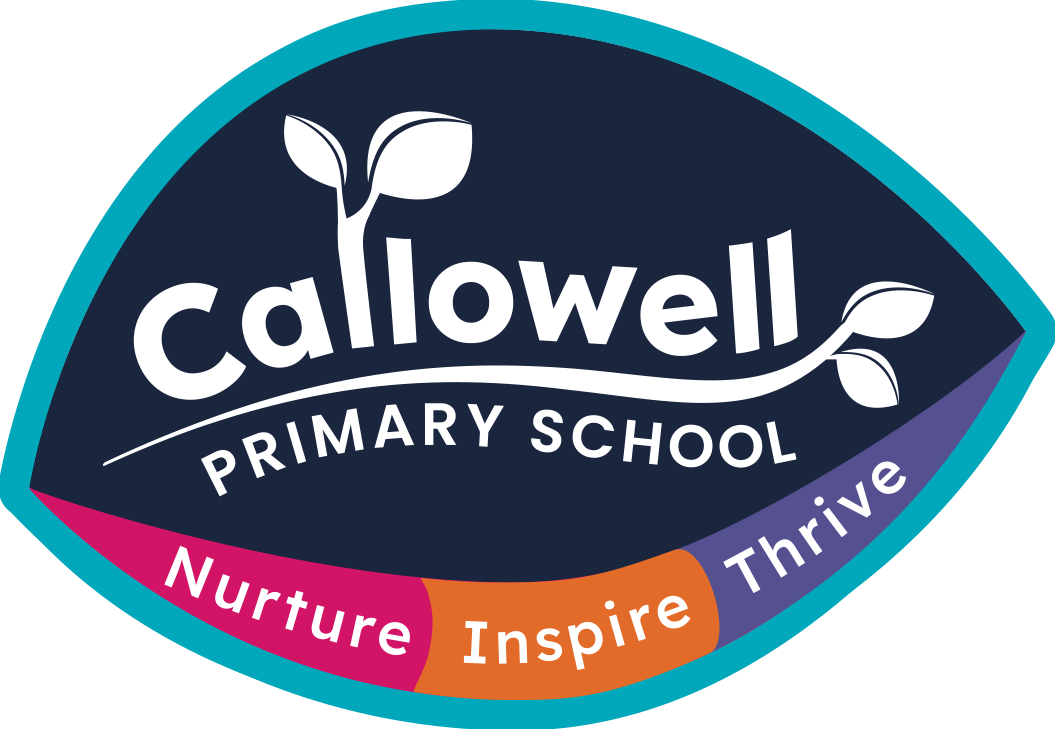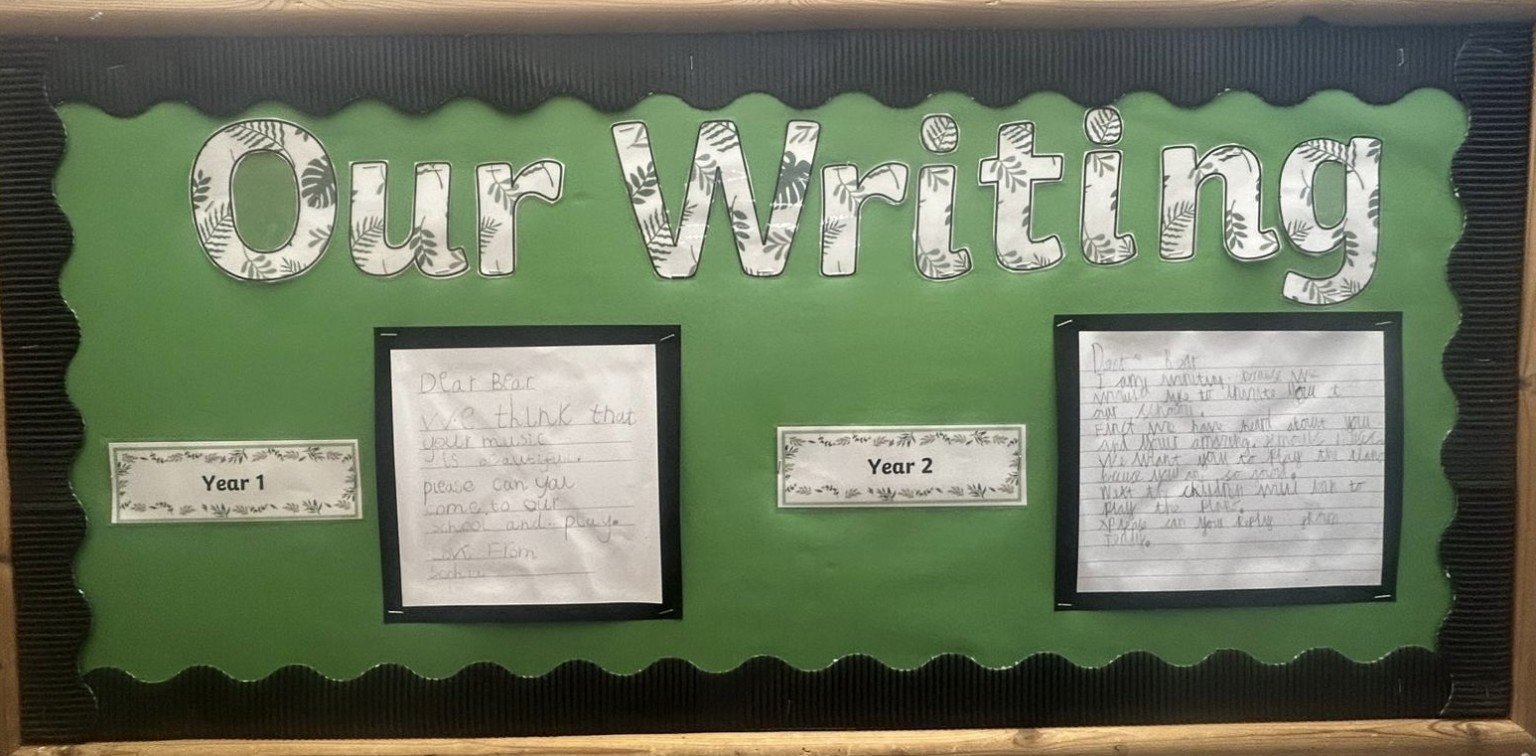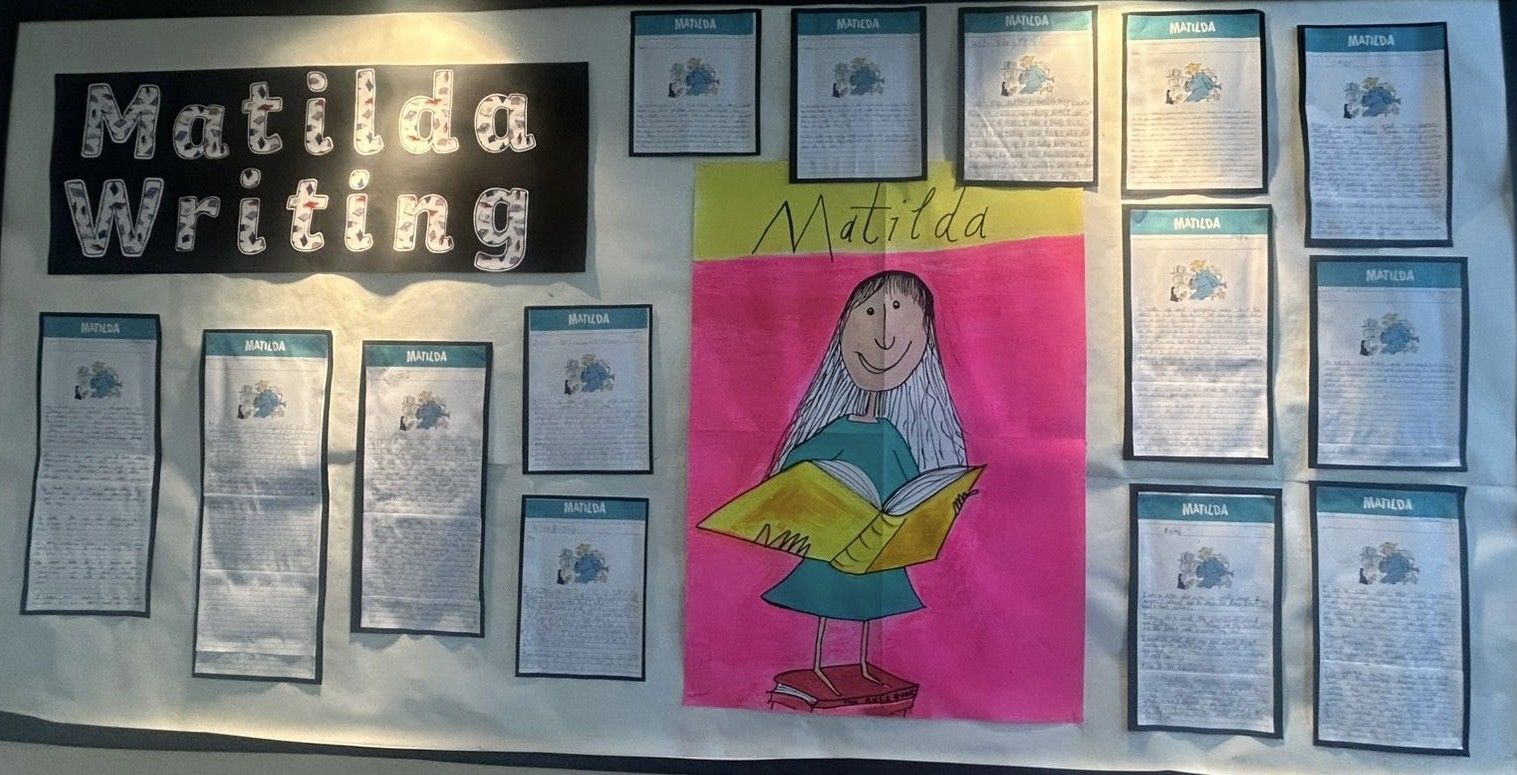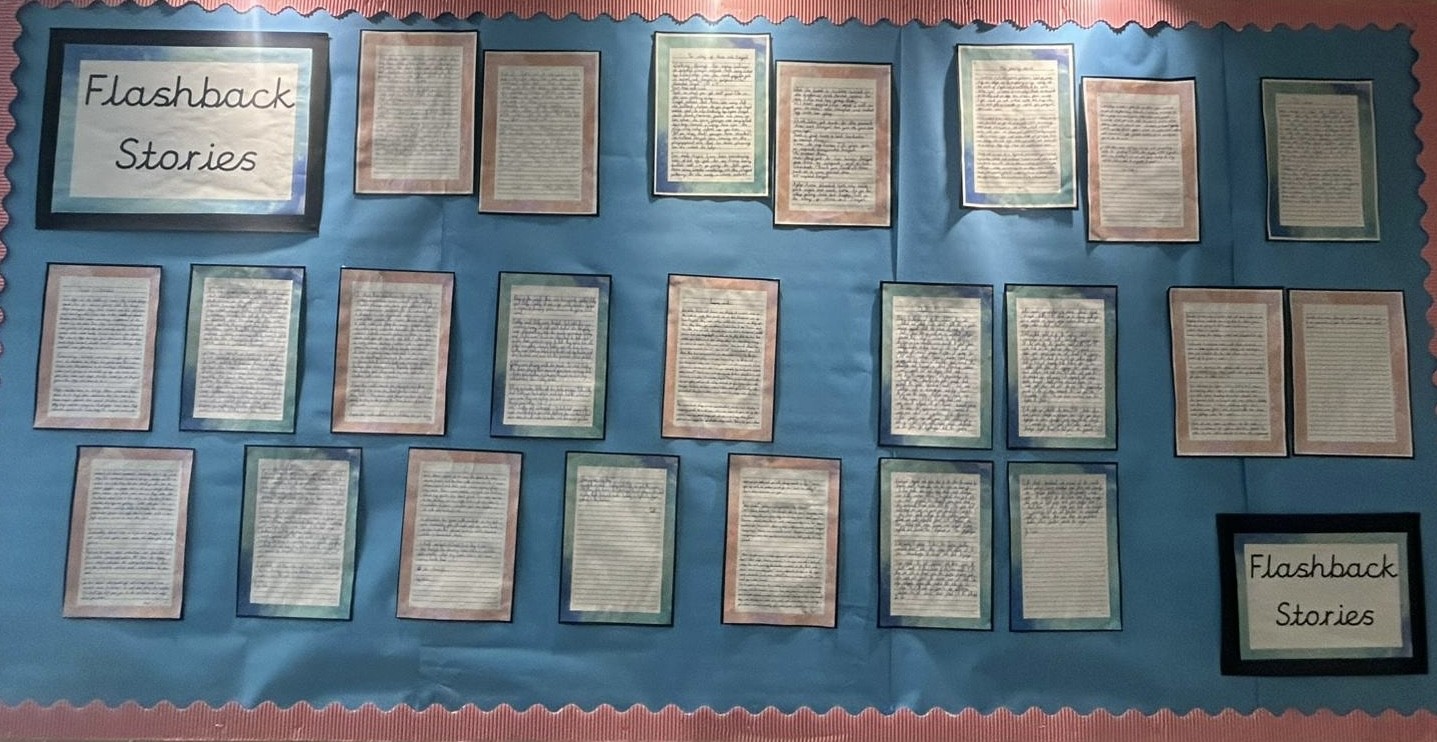Intent
At Callowell Primary School, we understand that writing is an essential skill, and we want our children to become confident writers. We believe good teaching of phonics, reading and handwriting go ‘hand in hand’ to produce confident writers. We want all our children to be able to confidently communicate their knowledge and ideas through their writing. We aim to help our children develop these skills in the following ways:
By giving children high quality texts to inspire them to write.
Providing them with exciting and purposeful writing opportunities that engage them.
Equipping them with a wide vocabulary and teaching them to spell new words by effectively applying the spelling patterns and rules they learn throughout their time in primary school.
Teaching them to effectively apply grammar to all aspects of their writing.
Modelling how to write clearly, accurately and coherently.
Providing them with the necessary tools to become independent writers, learning how to draft and edit their own work.
Reminding children to see themselves as writers, able to craft their own piece of writing.
Encouraging them to take pride in the presentation of their writing; by developing a fluent handwriting style by the time they move to secondary school.
Implementation
At Callowell Primary School, we teach English as a single, stand-alone subject, following the National Curriculum, though we link our reading to our writing, giving children purposeful contexts. Children are engaged in writing lessons five times a week which is planned to follow a writing process (discovery, grammar skills, drafting and sharing, editing, publishing). We then break down the big statements from the National Curriculum into small steps, including regular opportunities for children to secure relevant grammar skills.
What a good one looks like (WAGOLL)
Children are given high quality texts (WAGOLL) as exemplars, modelled work by the teacher, scaffolded work, and then finally, children complete an independent text that is then edited and revised based on a clear success criterion. Modelled work is scaffolded using the 'I do', 'We do', 'You do' approach.
Working Walls
Throughout the school, Working Walls and modelling learning are an essential part of every lesson. We add work to the Working Wall regularly as part of class discussion, and encourage the children to interact with it, to help and improve their work.
Purposes for writing
We teach writing composition by giving children purposeful and authentic writing projects, that are linked to the texts they are reading. The Education Endowment Foundation (EEF) have acknowledged that, ‘Consideration of purpose and audience can support effective writing.’ We write to inform, entertain, persuade and explain.
Adaptation
We recognise the fact that we have children of differing ability in all our classes, and so we provide suitable opportunities for all children by matching the challenge of the task to the ability of the child. We achieve this in Writing through a range of strategies including setting tasks of increasing difficulty and challenge with children reaching as far as they are able, group work and the deployment of adults to support and guide individuals or small groups.
Handwriting
The beginnings of handwriting start in Nursery and Reception, when children begin to use movements to enhance gross motor skills and exercises to reinforce fine motor skills to help with mark making. Handwriting is initially taught in line with the Little Wandle Letters and Sounds programme. As children move into KS2 handwriting is taught regularly and there is a greater focus on composition.
Spelling
Spellling begins in Reception through the Little Wandle Letters and Sounds programme. At the start of Year 2, most pupils review the Phase 5 sounds and begin a ‘Bridge to spelling’ scheme as part of the Little Wandle Letters and Sounds Programme. Some children may be provided with differentiated spellings based on their current spelling and phonic knowledge and/or if they are working significantly below the National Curriculum. Year 2 children then move on to Little Wandle’s spelling units that support children to embed the alphabetic code, providing a seamless link from the core programme. In Key Stage 2, children move on to the No Nonsense Spelling Programme where they are taught in their individual year groups. Children are regularly assessed to ensure they are working on the correct level of work.
Impact
Pupils’ writing will be assessed in line with our assessment policy. Other ways in which we assess impact are as follows:
The EYFS Profile will be completed for pupils in Reception, in the final term when they reach age five.
Pupils’ developing abilities are assessed through ongoing formative assessment in lessons, feedback and marking.
Pupils produce independent writing, which provides next steps for pupils and teachers.
Response to marking identifies children’s understanding and next steps.
As with all subject’s, writing data is captured every term on Insight Tracking and further analysed in Pupil Progress Meetings, held with teachers and a member of the Senior Leadership Team.
Pupil Voice provides teachers and the English Lead with next steps.
Regular moderation both in school and out of school, supporting with teacher judgement.




